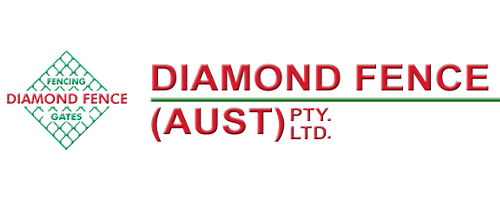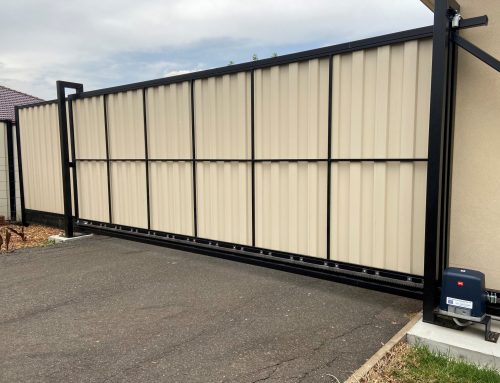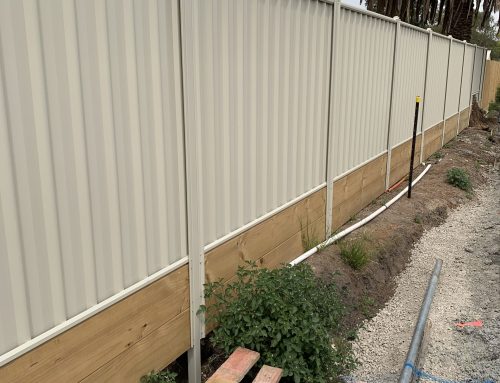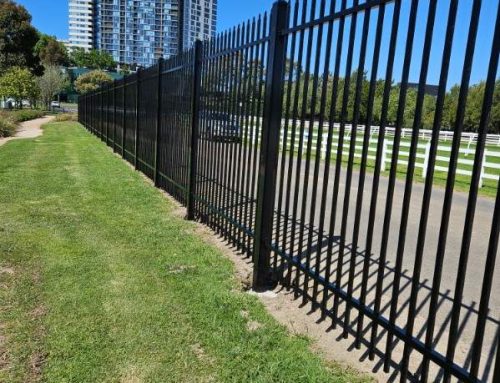What Factors Affect Atmospheric Corrosion?
We have talked about corrosion on numerous times. Today, we will dive a little deeper and learn about atmospheric corrosion. All of this to understand what it is and how it affects metal fencing.
Just a quick reminder about what corrosion is. Corrosion is the result of electrochemical reactions between materials and substances in their surrounding environment.
When it comes to atmospheric corrosion, the pollution, moisture (rain, dew, condensation) and the level of humidity (high) play an important role. When the level of the moisture is low or absent, then most contaminants don’t have a corrosive effect. If they would have a corrosive effect then it would be quite low.
Rain can be a positive or negative phenomenon, depending on the circumstances. For example, a positive one when it washes away atmospheric pollutants. But if it rains and the drainage or the ability to dry is limited and the rain collects in pockets or crevices, then corrosion might be accelerated.
The condensation and dew are less desirable environmental phenomenons as they both promote the corrosion profoundly. For example, if the metal surface is covered with a film of dew and additionally is saturated with sea salt (or acid sulfates), then acid chlorides in the atmosphere provide a good basis for the corrosion to take place.
Another factor playing an important role in atmospheric corrosion is the temperature. Firstly, with the increase of the temperature the rate of the corrosion rises.
Secondly, the importance of the temperature lag of metallic objects, such as a metal fence, when the ambient temperature changes. For example, if the ambient temperature drops, then the metal fence stays warmer than the surrounding air. That means that the condensation will start to collect on the metal fence. Once the temperature rises, the metal fence acts as a condenser. The film of moisture stays on the metal surface and that, in turn, creates a good environment for corrosion.
Now, let’s talk about relative humidity (RH). For a better understanding of what RH is, let’s take a look at an absolute humidity. Absolute humidity is the amount of water vapor present in the air.
Relative humidity, on the other hand, measures water vapor relative to the temperature of the air. Meaning, relative humidity is expressed as “the amount of water vapor in the atmosphere as a percentage of the total amount that could be held at its given temperature”.
For atmospheric corrosion to take place, a thin film electrolyte has to be present. For that film to form, metal surfaces have to be exposed to a certain level of humidity. That level of humidity is called a critical level of humidity. There is no fixed number as that level depends on many factors, such as the material and its tendency to corrode, how fast is that surface absorbing the moisture, and the number of pollutants in the atmosphere.
The above are a few atmospheric corrosion factors. However, if the preventative methods haven’t helped and your metal fence needs repairing or if the corrosion has damaged the fence completely and you need to install a new one, you can turn to Diamond Fence.
Diamond Fence is one of the trusted fencing companies in Melbourne, therefore don’t hesitate and contact us today! Call us on (03) 9753 4566, shoot us an email on info@diamondfence.com.au or just get a FREE online quote.








